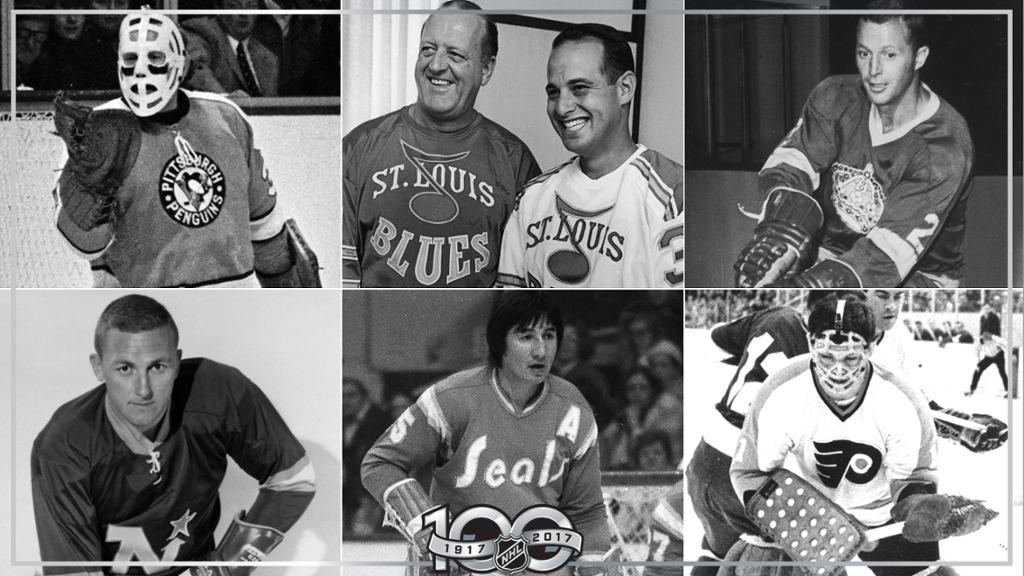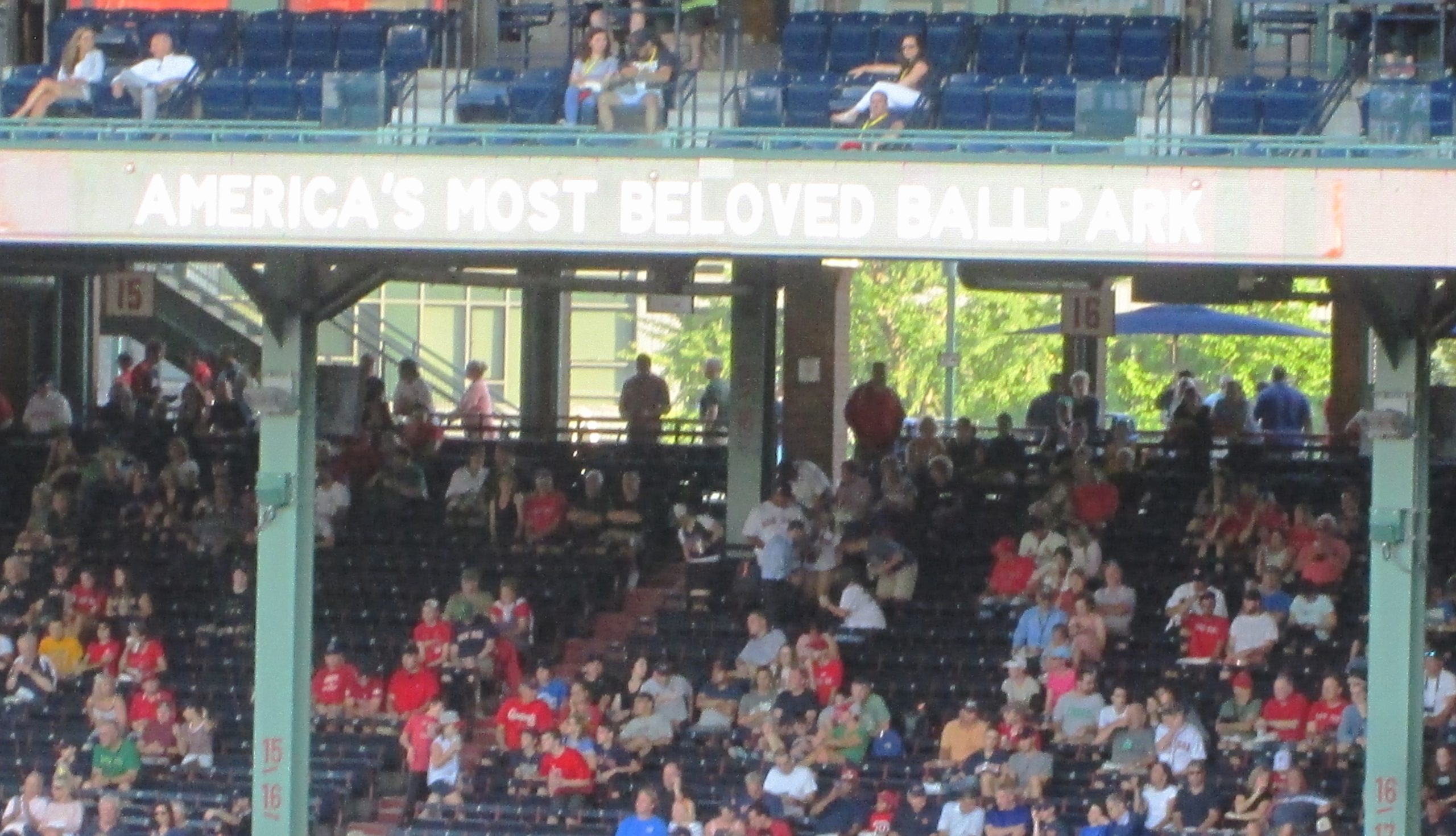The Oakland A’s of the early 1970s are one of the greatest dynasties in the history of Major League Baseball.
The Philadelphia Athletics were founded in 1901 as one of the eight charter franchises of the American League. The Athletics won three world championships between 1910 and 1913 and two in a row in 1929 and 1930. The immortal Connie Mack managed the team for its first 50 years, the longest coaching tenure in the history of American professional sports.
After New York Giants manager John McGraw told reporters that A’s owner Benjamin Shibe had a “white elephant on his hands” after purchasing the team, Mack adopted the white elephant as the team mascot, going so far as to present McGraw with a stuffed toy elephant when the A’s and Giants met in the 1905 World Series. In 1955, the team left Philadelphia and became the Kansas City A’s. Five years later, Charles O. Finley bought the A’s and moved them to Oakland in 1968.
Finley, who made his fortune selling life insurance, was an innovator and promoter. In 1963, he changed the team’s colors from traditional red, white and blue to Kelly Green, Wedding Gown White, and Fort Knox Gold. In 1967, Finley replaced the team’s black cleats with white. The A’s remain the only club in MLB history to wear white shoes. When Mickey Mantle first saw the A’s green-and-gold uniforms he jeered, “They should have come out of the dugout on tippy toes, holding hands and singing.”
When the A’s arrived in then-heavily-Democratic Missouri, Finley introduced a mule, named Charlie O, to replace the elephant as team mascot. In Oakland, he officially changed the team name from Athletics to A’s, believing the former was closely associated with Connie Mack while hoping the latter would be associated with the flamboyant owner himself. Finley was an advocate of the Designated Hitter and night games for the World Series.
In Oakland, Finley introduced ball girls [one of whom — the future Debi Fields — went on to found Mrs. Fields Cookies]. He offered players $ 300 bonuses to grow mustaches and the handlebar version worn by Rollie Fingers became the relief pitcher’s trademark. In 1970, Finley hired the legendary Harry Caray after the future hall-of-fame broadcaster had just been fired by the St. Louis Cardinals. Finley wanted Caray to change his signature call from “Holy Cow!” to “Holy Mule!” Caray refused, and left Oakland at the end of the season.
In 1969, the Athletics finished second in the American League West, the first time they had finished in the top half of the league since 1952. Brimming with young talent developed within their minor league system, Oakland won the AL West in 1971. Despite being swept by the Baltimore Orioles in the ALCS, the A’s were on their way.
Lefthander Vida Blue won the AL MVP and Cy Young Award and Dick Williams was named AL Manager of the Year. Homegrown players like Reggie Jackson, Joe Rudi, Sal Bando and Bert Campaneris began to emerge as stars, and Blue was complimented by 21-game winner Jim Hunter. Wanting a catchy nickname for his ace righthander, Finley dubbed Hunter “Catfish” and made up a story to go along with it: Hunter had once run away from his home in rural North Carolina and came back with two catfish. The nickname stuck and followed Jim Hunter all the way to the hall of fame.
After winning the AL West by 5 ½ games over the Chicago White Sox in 1972, the A’s defeated the Detroit Tigers, three games to two, in the ALCS. Oakland then faced the heavily-favored Cincinnati Reds, who had won the NL West by a whopping 10 ½ games, in the World Series. The series was a contrast in styles, as the A’s sported day-glo uniforms, facial hair, and explosive personalities, while the “Big Red Machine” was the quintessential traditional franchise.
In a matchup of the two premiere dynasties of the decade dubbed “The Hairs vs. the Squares,” Oakland –playing without Jackson and left-handed reliever Darold Knowles – stunned the Reds in a seven-game series in which six of the games were decided by one run. A’s catcher Gene Tenace became the first player to hit home runs in his first two World Series at bats and won MVP honors after belting four homers and driving in nine runs in the Series.
In 1973, Oakland went 94-68 to easily win the AL West title. Three A’s starters – Hunter, Blue, and lefthander Ken Holtzman – all won 20 games, while reliever Rollie Fingers had 22 saves and a 1.93 ERA. Jackson was named AL MVP after hitting .293, belting 32 homers, and driving in 117 runs. He also stole 22 bases. After beating the Baltimore Orioles in the ALCS, Oakland faced the New York Mets in the first World Series in which all weekday games were played in prime time. Finley tried to “fire” Mike Andrews after the A’s second baseman made back-to-back errors in Game Two. Citing a fake injury, Finley infuriated skipper Dick Williams by placing Andrews on the disabled list for the rest of the Series.
MLB Commissioner Bowie Kuhn stepped in, reactivated Andrews, and fined Finley. The Designated Hitter Rule went into effect for the first time during the 1973 regular season, so Oakland pitchers batted for the first time all year in the World Series. Holtzman stroked a double to win Game One and another to help secure Game Seven as the A’s became the first repeat world champions since the 1961-62 New York Yankees. Jackson was named Series MVP while Knowles became the only pitcher ever to appear in every game of a seven-game World Series.
Tired of Charlie Finley’s meddling, Dick Williams resigned following the 1973 season and was replaced by Alvin Dark. Known as the Swingin’ A’s for their hip style, the name took on a different meaning during the ’74 season. Jackson and centerfielder Billy North got into a locker room fight in Detroit in June. Reggie injured his shoulder while catcher Ray Fosse — who was attempting to break it up — suffered a crushed disk in his neck and missed three months.
Dark guided the A’s to a 90-72 record and a fourth straight division title. Oakland again dispatched Baltimore in the ALCS and faced the Los Angeles Dodgers in the first all-California World Series. On the eve of Game One, Fingers and pitcher John “Blue Moon” Odom got into a fistfight. Fingers emerged with stitches in his head and Odom sprained his ankle. The next day, Fingers was the winning pitcher as the A’s took the opener before going on the win the Series in five games. Oakland became the first team to win three consecutive world titles since the Yankees won five in a row between 1949 and 1953.
The advent of free agency in major league baseball ended the A’s dynasty. In 1975, Jim Hunter became baseball’s first big money free agent when he signed with the New York Yankees. With the financial structure of the game changing, the penny-pinching Finley began dismantling his ball club. Jackson and Holtzman were traded prior to the start of the 1976 season. Finley tried to sell Rudi, Fingers and Blue but Bowie Kuhn invoked the rarely used “best interests of baseball” clause and blocked the sales.
At the end of the 1976 season, most of the A’s stars left as free agents, and the few that remained were traded. In 1977, only two years after winning a fifth straight division title and three years after winning a third consecutive World Series, the A’s finished last in their division, with one of the worst records in baseball. Charles O. Finley sold the A’s in 1981. The new owners restored Athletics as the name of the team and the white elephant as mascot.
The Swingin’ A’s were one of the most exciting and talented teams in baseball history. Vida Blue and Catfish Hunter were two of the premier pitchers of their era, and Fingers was one of baseball’s first closers. Speedy Billy North twice led the AL in steals. Bando, Campaneris, and Rudi were perennial All-Stars and Jackson is one of the greatest players in franchise history.
On the field, the team was superb. Off the field, it was brash and unpredictable. And during their heyday, nobody was better. “We liked the idea that we were a family,” recalled Odom. “We could fight each other in the clubhouse and fight together outside the clubhouse. That’s what made us so good.” The Swingin’ A’s won five straight AL West titles and three consecutive World Series’. Hunter, Fingers, Jackson and Williams are all members of the Baseball Hall of Fame.
The 1972-74 Oakland A’s are the only non-Yankee team to win three consecutive World Series’. The franchise’s nine World Series championships are the third-most of all current MLB teams. The 2017 season will mark the team’s 50th year in Oakland.









